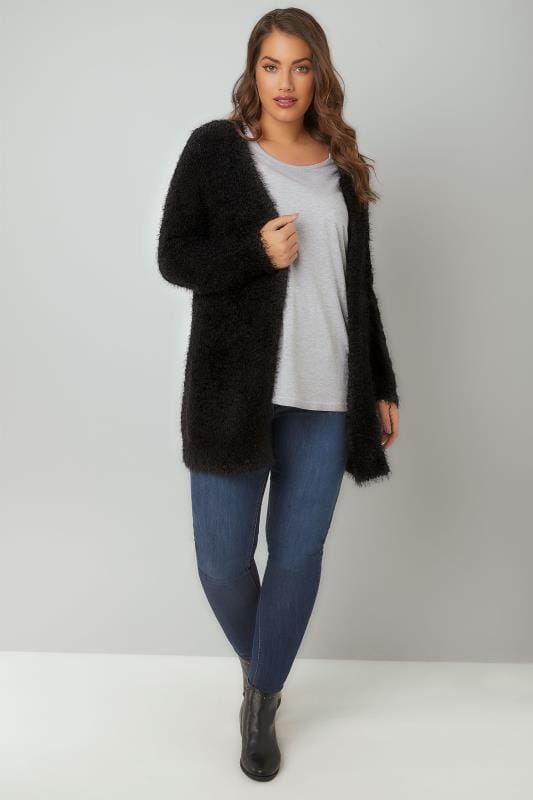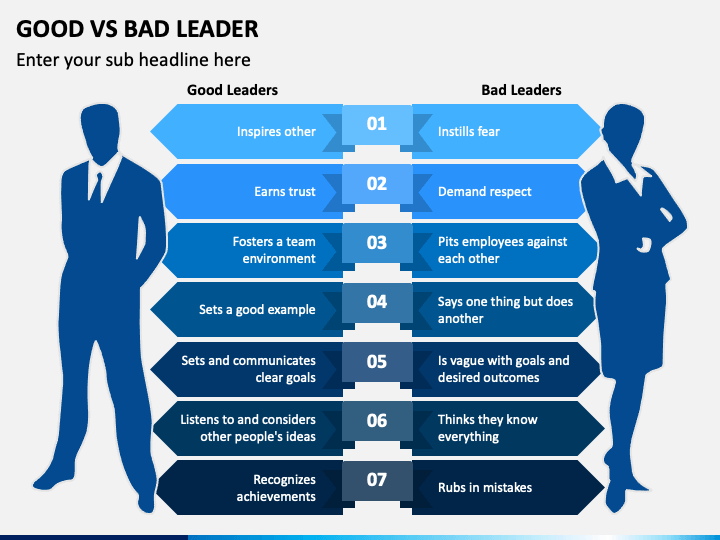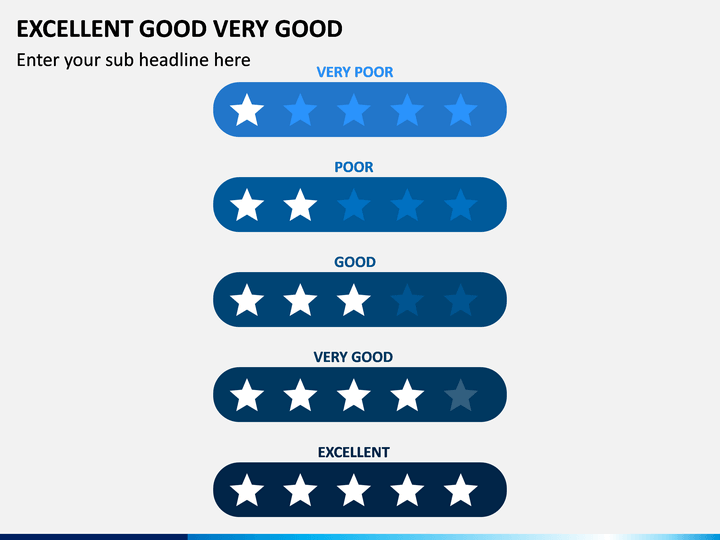Table of Content
In the 5th century, glass making technology reached China, and later it was applied to make colorfulcloisonné. First the Romans and then Samarkand made glassware that was especially valued due to its high quality and transparency. Ancient/medieval glassware from west Asia has been unearthed in China, Japan, and Korea. Woolens from Central Asia and the eastern Mediterranean were sold to China.
It is practically the exchange currency to buy accessories such as NFT’s or it can even be used to exchange or purchase real products within our marketplace 3.0. $ilk offers benefits such as revenue redistribution for each holder, 2% par transition and the staking offering the benefits of the blockchain. It is the next place to use the $ilk as a bargaining chip with real products that will want to be part of the world of the Silk RoadGang. Right now, 1600 Marco Polo genesis are in the process of creation; once "The Birth" begins, 1400 Marco Polo genesis will come to life and will be looking for a master to begin their rise to power. Anyone during the mint will be able to collect as many items as possible, earn 10$ilk every day and then trade them with Khubilai Khaan, emperor of Mongolia..
The China Highlights Experience
Apart from material goods, religion and technology were also “traded” along the Silk Road. Slaves were traded as goods in all the countries along the Silk Road, including Europe, west Asia, Persia, India, Southeast Asia, and China. The glorious Silk Road also hosted a dark and tragic slave trade. Many slaves traveled long distances by land and sea to foreign markets far away. China also produced spices, but the variety was very limited due to geographical limitations.

•Our owners will have the opportunity to mint recipes that will allow them to use different benefits. One of these will allow our holders to create Khubilai Khaan using 600 $ilk tokens. It will be a completely new NFT, and it will be the key to several utilities. The newly generated NFT will be handcrafted and can be sold, traded or simply stored as a digital store of value. As physical objects and technology were carried and traded down the routes of the Silk Road, so too were ideas and knowledge. After listening to the director's interview on Joe Rogan's podcast, it is clear that this movie would have deserved a better director who actually cares about the topic, about Ross, about his ideology and about the truth.
The Silk Road
Gold, skins and numerous different things were sent out also. Dealers likewise conveyed tea and rice, woolen and flax textures, corals, golden and asbestos. The sacks of shippers were loaded up with ivory, rhino horns, turtle shells, flavors, clay and iron things, coating and cinnamon, ginger, bronze weapons, and mirrors. Central Asia exported camels which were exceptionally refreshing in China, military gear, gold and silver, semi-valuable stones and glass things. Samarkand made glass was particularly esteemed because of its high caliber.

The greatest value of the Silk Road was the exchange of culture. Art, religion, philosophy, technology, language, science, architecture, and every other element of civilization was exchanged along these routes, carried with the commercial goods the merchants traded from country to country. I would never watch a Hollywood product under the impression that "based on a true story" would result in any sort of insight into the underlying story. But where facts blend with fiction that run alongside real events, you can find some enjoyment as dramatisation fills in gaps and gets backed up by good acting. However, "Silk Road" provides absolutely nothing of the sort.
Horses
Chinese silk was regarded as a treasure in ancient Central Asia, West Asia, Africa, and Europe. It is the only place I will go to find gems and jewelry. Everything from gems to incents to books and some native American findings as well. I can say enough good things about Silk Road Traveler. The antiquated world had developed grapevine and made wines from time immemorial. In any case, for Chinese, isolated from different civilizations, grapes were a curiosity.
They were surprised that people made wine from them. Very helpful, and knowledgeable on their store products. From China, troops conveyed the outstanding Chinese china – snow-white vases, bowls, glasses, and dishes with elegant examples. Just the Chinese possessed the mystery of making the most slender and thunderous porcelain, hence, it was exceptionally costly in European markets. Bronze decorations and different items from this metal, elaborate bronze mirrors, umbrellas, items from the notable Chinese varnish, solutions, and perfumery were likewise prominent. Chinese paper, a standout amongst the most momentous innovations of Chinese specialized virtuoso, was exceedingly refreshing as well.
What major goods traveled along the Silk Road?
These types of actions fight against the wave of economic and cultural globalization and will be proven narrow-minded in the course of history. This steady flow of merchants aided the pandemic’s spread across continents, yet also prompted its inhabitants to refine public health measures. In Venice, vessels and travellers suspected of infection were required to isolate for 40 days before entering the city. This period of 40 days, translating to quarantena in the Venetian language, was passed down through the centuries to give us our modern-day word ‘quarantine’.
In 751, paper was introduced to the Islamic world when Arab forces clashed with the Tang Dynasty at the Battle of Talas. The Caliph Harun al-Rashid built a paper mill in Baghdad that introduced paper-making to Egypt, North Africa and Spain, where paper finally reached Europe in the 12th and 13th centuries, writes Millward. In Buddhist cultures it was made into ritual banners or used as a canvas for paintings. In the important Silk Road settlement of Turfan in Eastern China, silk was used as currency, writes historian Valerie Hansen, and in the Tang Dynasty (618 to 907 A.C.), silk was collected as a form of tax. The companies committed to the realization of this project are making it possible and easily the trade goods between Europe and Asia. The Silk Road Gang can be, as the first impact a classic game.
Or get a deeper more nuanced understanding of police work these days (which apparently is better done from your desk ... it feels like that is what the movie suggests) ... But just watch it as tension filled movie with flawed characters in the center of it. In fact he finished university and he obtained even a master. How he grew his business, which strategies he used? None of this apparently matter on the eyes of creators.

To anyone even remotely familiar with the matter of the Dark Web marketplace called "Silk Road", hidden behind the Tor network, the sheer amount of fabrication makes the entire experience cringy at best. Yet there's no room for their talent to even attempt to make up for the lack of writing and soulless screenplay. The movie is incomplete, and made by people that clearly did not know anything about it. If you really want to know the true story, please go to watch "Deep Web", as it really explain what happened. China exported tea, silk, porcelain, ornate bronze mirrors, lacquerware, medicines, and paper.
If you have to watch it then do it for these two otherwise the rest of the cast sucks. This movie is clearly overlooking so many things in ashamed I watched it to the end, however i had to witness how far and twisted a narrative can be strung. The movie is not about Ross but about the cop and it is nothing like the book. Probably some of the worst dialogue ever written are in this movie. The story is great, as told by many youtubers with elegance and talent.

According to the Chinese, silk was discovered one day when a queen accidently dropped a silkworm cocoon into her hot cup of tea, and as she plucked it out, unravelled a shiny, silken thread. Merchants on the silk road transported goods and traded at bazaars or caravanserai along the way. They traded goods such as silk, spices, tea, ivory, cotton, wool, precious metals, and ideas. Besides silk, the Chinese also exported teas, salt, sugar, porcelain, and spices. Most of what was traded was expensive luxury goods.

No comments:
Post a Comment